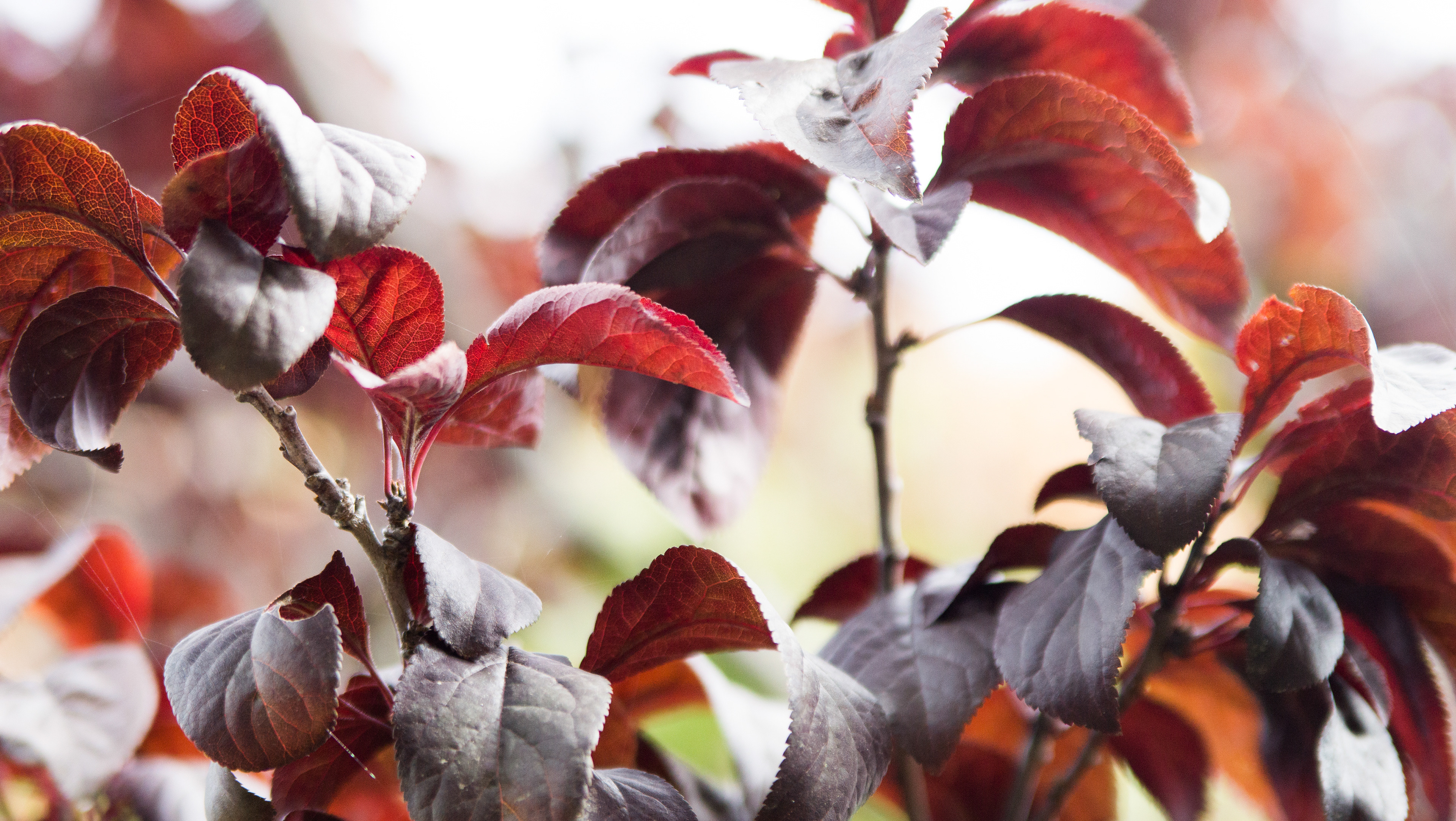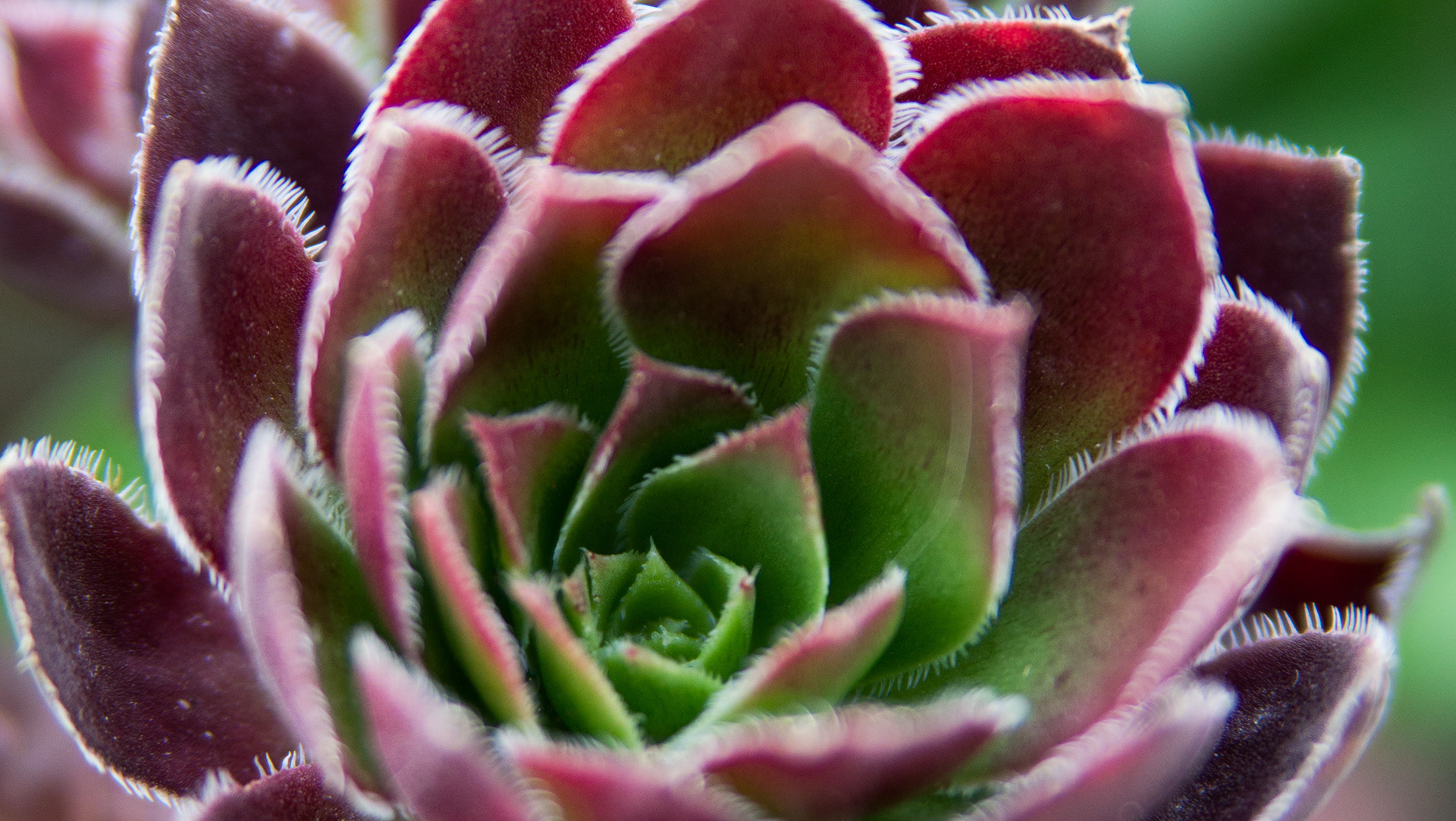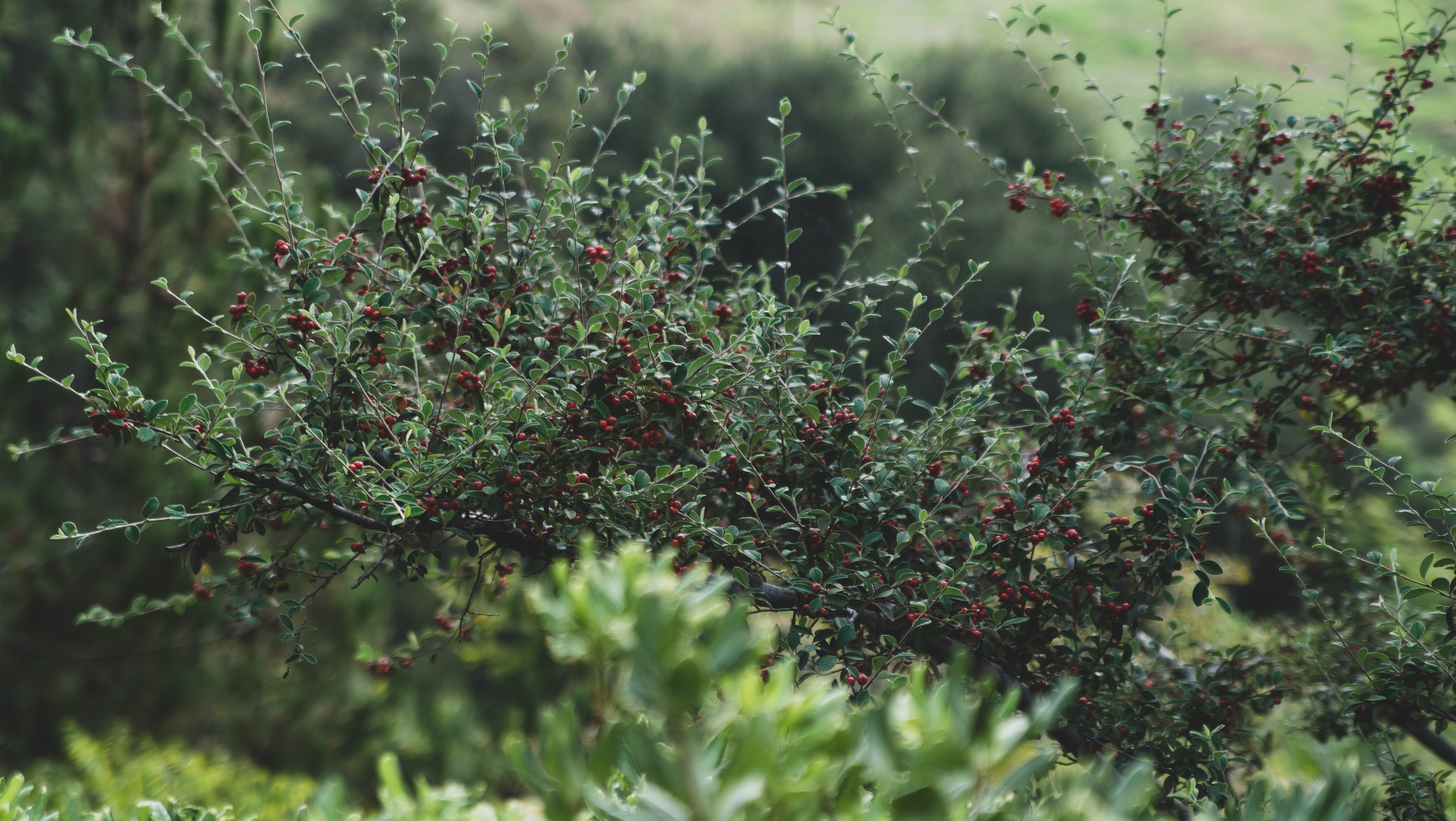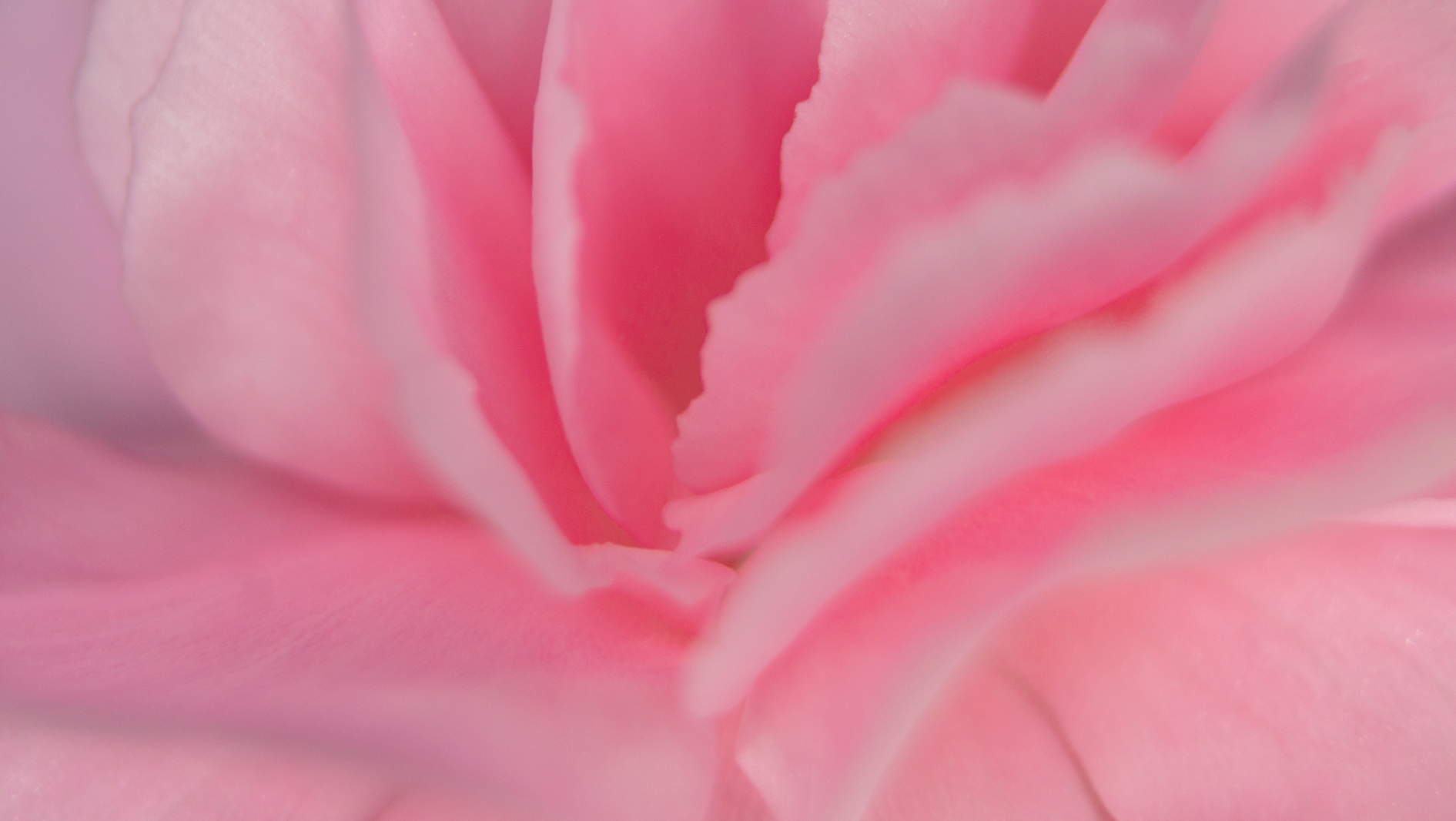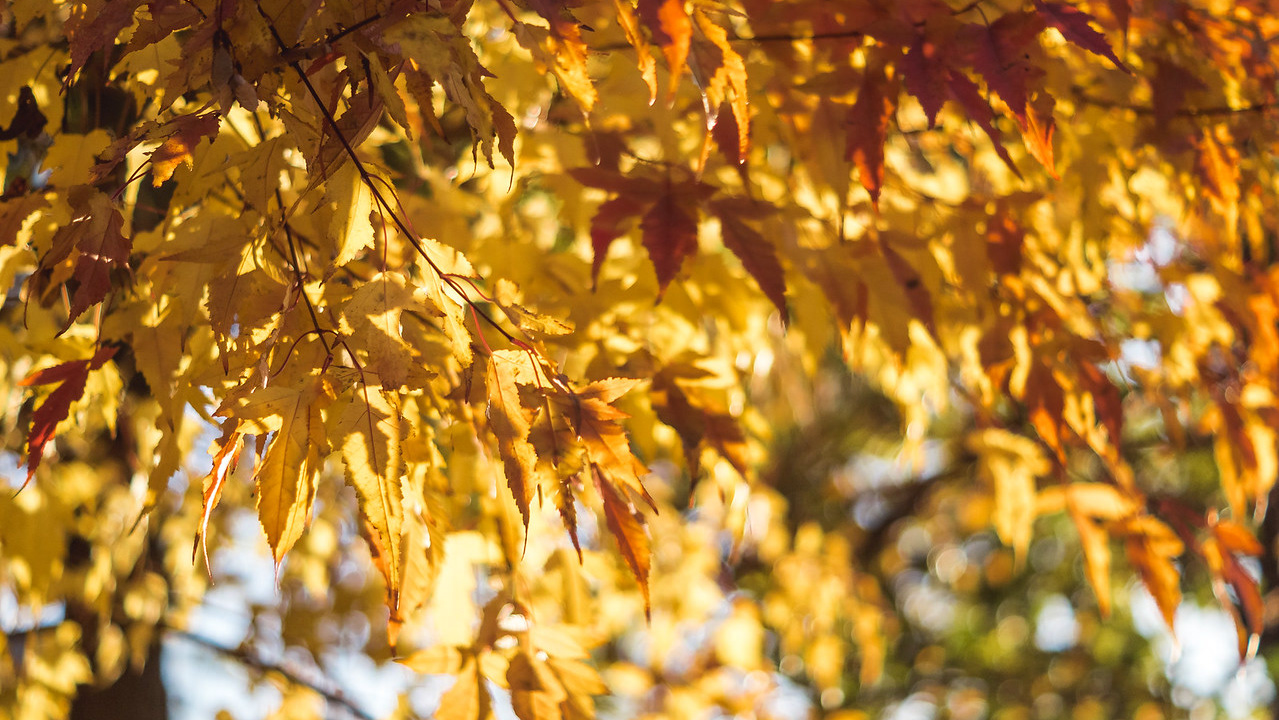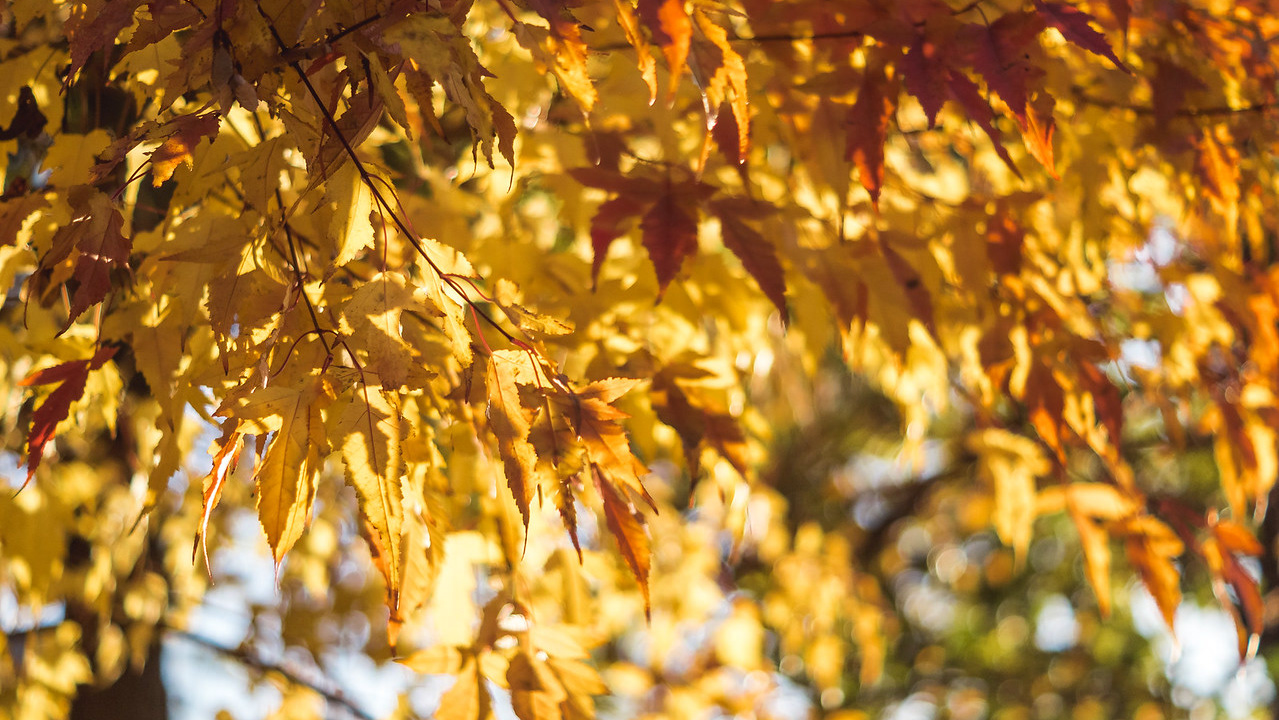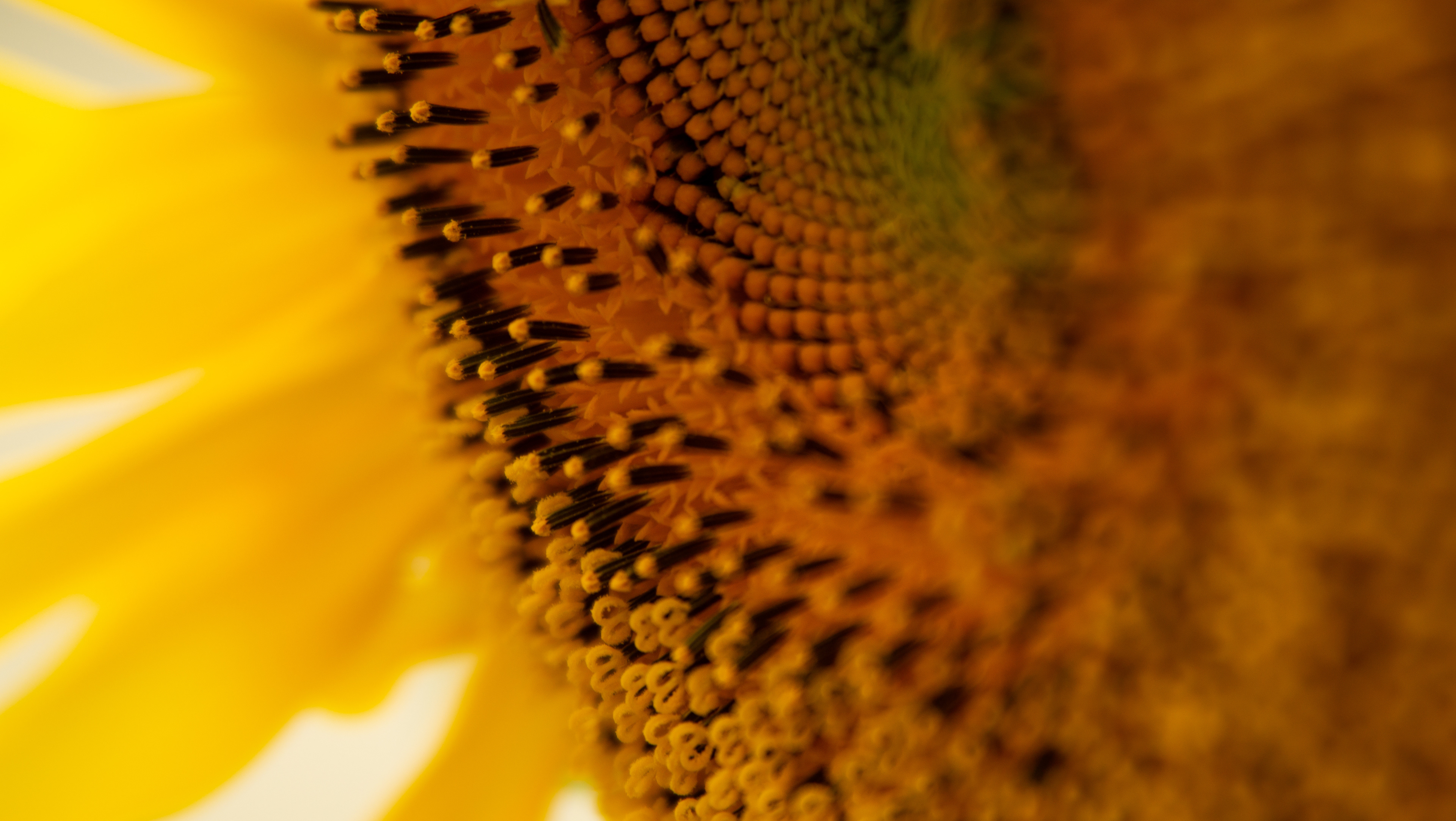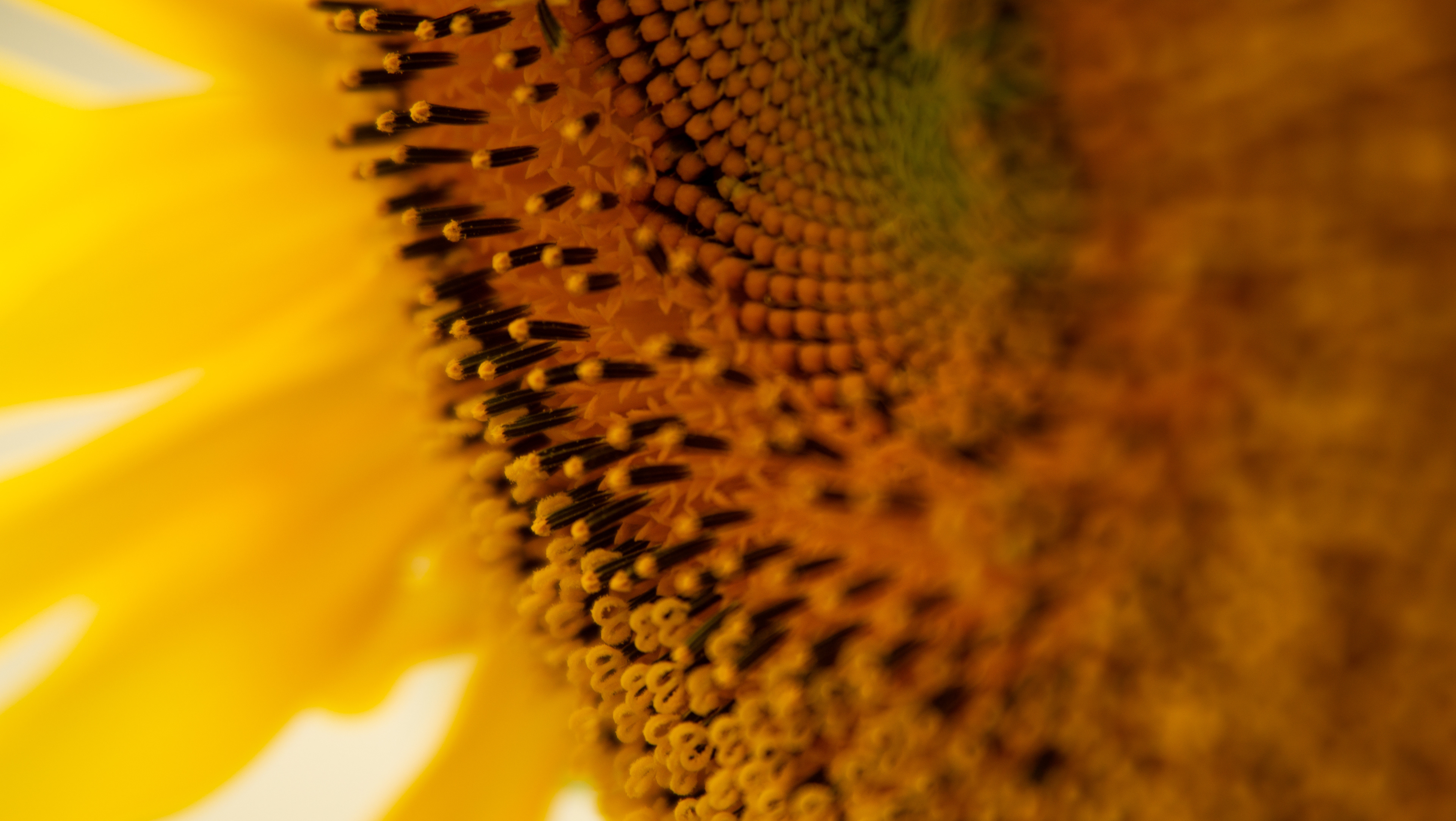A BCI (Be, Contemplate, Imagine) session starts with time for just being, followed by time for contemplating, and then time for imagining. These sessions are intended to give us time to be in nature, to practice using all of your senses to observe nature as a designer, and then to get curious and imagine.
MCAD - Biomimetic Design
Session 3 - Seeing and Sensing Systems
Today it was raining. I went to the park next door. I sat under a tree to be sheltered from the rain drops.
I was hearing the rain hit the leaves, and then hit the ground. They made a different sound. I realized that the ground under the tree was dry. I observed water drops roll down on the leaves, just like they would on an umbrella.
I followed the path of the droplets until they hit the ground. There I saw damaged leaves that had fallen. And I was reminded there is no trash pickup service in Nature, because there is no need for one. Nature as a system is circular.
What can we learn from that? What can we isolate and apply to the systems that we are a part of?
Observing natural systems around us is an inexhaustible source of inspiration. Pondering how they work can open the door to many design possibilities.
I observed the tree as a solar-powered, temperature-regulating, self-irrigating, and sheltering system. And decided to apply it to construction.
Let’s look at the tree as a system applied to roofing.
You are sheltered under a tree. The water glides on its canopy and is redirected to the ground. Where does this water go then? It is reabsorbed by the tree via capillarity.
It's a long process. It takes more than a month for water to reach the tallest leaves from the roots. But the benefit of this natural technology is that we could develop a self-sustained roofing, necessitating little to no maintenance while providing shelter, temperature regulation, and potentially food for pollinators and other beneficial insects.
tree-inspired sustainable roofing system
closer view of the roofing system's main component
Rain would roll down the shingles (leaves) and would fall at the foot of the house, because of gravity.
It would generate no trash; when a leaf is damaged, it falls and composts. It even generates food for the roof, providing nutrients that mixes in the soil that the water falls on and is filtered through.
A capillary system, powered by the sun (photosynthesis is trees' natural way to turn sunlight into energy) would slowly bring the mix of water and nutrients back to the top of the structure - causing the structure to cool down in the process.
Back to the top of the structure, the water drips down the leaves (in a similar fashion to hydroponics) to provide hydration to the leaves.
And so would continue the cycle.
This roofing material would be a circular design. It would need little, if any, human intervention after it has been installed and grown to its optimal capacity.
At this point in time, this roofing design is near fantasy. It has not been tested scientifically, or from an engineering perspective - because I am neither a biologist, nor a mechanical engineer. But if you, reader, happen to posses some of the knowledge needed to make this design come true, please contact me.

